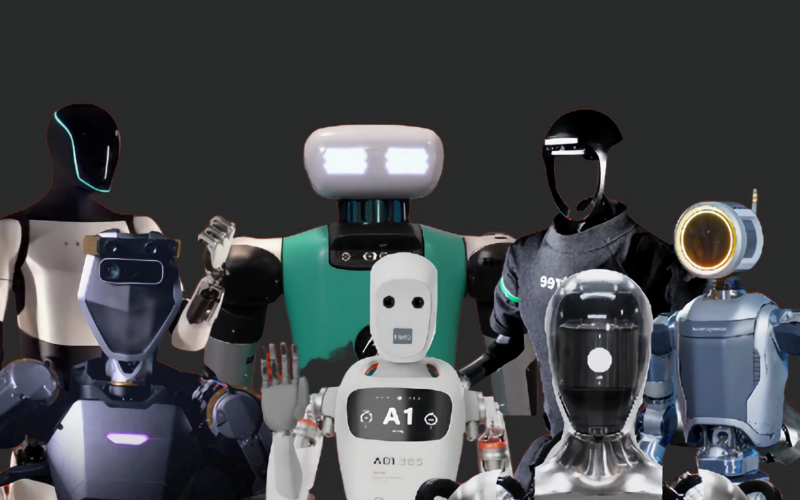Table of Contents
Among the various innovations that have emerged in the smart TV segment, one of the most interesting are the quantum dot displays, which stand out for improving color accuracy and saturation, in addition to bringing high levels of light and contrast.
But what is this technology behind some of the latest premium releases on the market? In this article, we will try to explain in a simplified way what quantum dots are.
Concept
quantum dot, commonly abbreviated to QD, from English quantum dot, is a point nanostructure, which, due to its small size and structure, presents a strong quantization of energy levels.
In general terms, the quantum dots are tiny crystals used to absorb certain frequencies of light (which correspond to colors) and emit other frequencies as needed.
LED and OLED panels
Before we talk about quantum dots, it is necessary to know a little about panels. You OLED displays are the most advanced technology on the market today. The system works with organic diodes, where each pixel is able to control its lighting independently.
In this way, these panels don't need a backlight. When the pixels that need to emit dark color, they “erase”, generating purer black tones. In addition, these displays are thinner and consume less power than LED and Plasma displays.
However, due to their high cost, OLED screens still have a small share in the smart TV market. For this reason, the most popular display is still the LED . These screens are made up of three layers:
- first layer: located in the farthest part of the viewer's eyes, it is where the backlight that illuminates from the emitting diodes is located.
- second layer: formed by a network, where each one of them represents a pixel formed by points in the RGB pattern (in blue, red and green colors).
- third layer: the outermost part is the liquid crystal itself, which has the function of blocking the passage of light so that images and colors are formed.
The most important difference from OLED panels is the presence of backlight of the first layer, which in practice makes the contrast levels lower and the colors less vivid.
How they work on TVs
The quantum dots allows the LED display issue a blue tone light on the first layer of the panel, replacing the white light source. Along with that is a network of green and red quantum dots designed to cover every pixel on the TV.
In this way, the light that reaches the diode layer already comes calibrated in the correct amount of energy and allows the color quality emitted by the TV to be much higher than that possible in the conventional LED model.
In practice, quantum dot technology allows LED panels to “emulate” the same logic as OLED screens, in which only the necessary pixels are illuminated by the crystals at any given time, generating the most intense black tones, better contrast and energy savings. light.
Conclusion
It would not be an exaggeration to say that the technology of quantum dots made LED panels be reborn. Although there are some (few) disadvantages compared to OLED displays, it is worth remembering their main benefits:
- Durability: as they do not use hydrocarbons that wear out over time and can lose power with use, the crystals of LED screens with quantum dots should have the same color quality even after years of use.
- Versatility: it can be easily adapted to current manufacturing processes and the versatility of the material used in the crystals is so great that it is possible to use them in televisions with thicknesses as thin as those of OLED.
- Economy: As a more popular technology, quantum dot LED displays can deliver OLED-compatible image quality at a much lower price.












